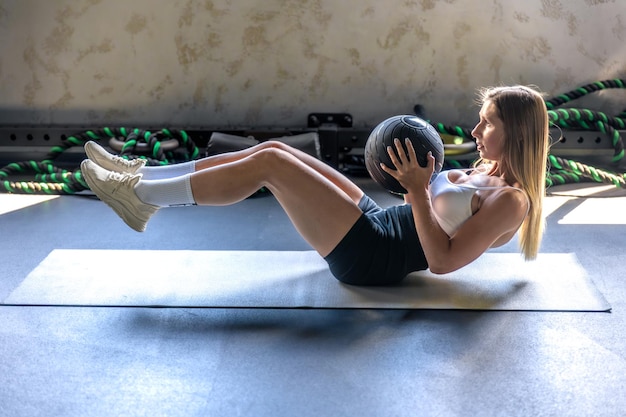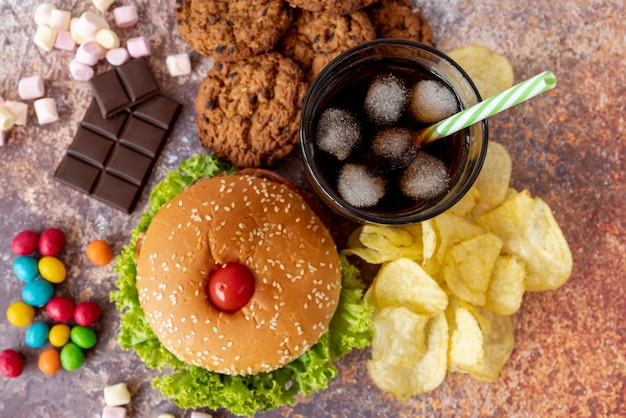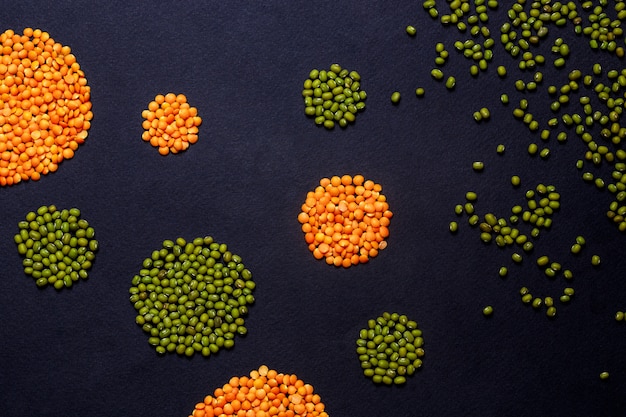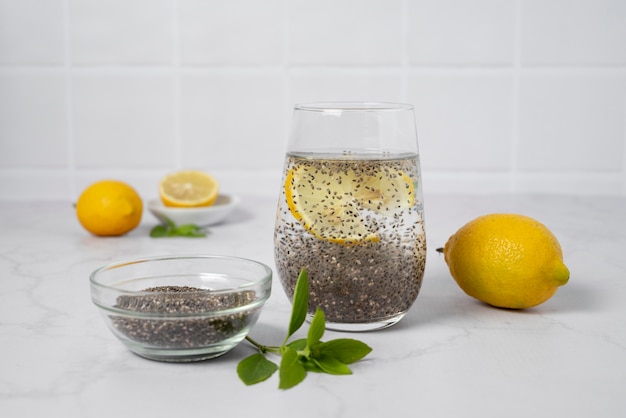When it comes to losing weight and eating healthier, cardio is often the go-to strategy. But with so many approaches available, how do you choose the right one? High-Intensity Interval Training (HIIT) and steady-state cardio are two of the most popular forms of cardiovascular exercise—and each has passionate supporters. So, which one is better for weight loss and long-term health? Let’s break it down with science-backed insights, practical tips, and a clear plan to start fast, stay consistent, and measure results weekly.
High-Intensity Interval Training (HIIT) involves short bursts of intense exercise followed by brief recovery periods. A typical HIIT session might last 20–30 minutes and include exercises like sprinting, jump squats, or burpees performed at maximum effort for 30 seconds, followed by 30 seconds of rest or low-intensity movement.
Research shows HIIT can be highly effective for fat loss. One review found that participants doing HIIT lost about 29% more fat than those doing moderate-intensity continuous exercise, even when total workout time was shorter. This is partly due to the 'afterburn effect'—also known as excess post-exercise oxygen consumption (EPOC)—where your body continues to burn calories at an elevated rate after the workout ends.

Steady-state cardio involves exercising at a consistent, moderate intensity for an extended period—typically 30 to 60 minutes. Examples include brisk walking, jogging, cycling, or swimming at a pace where you can hold a conversation.
This form of cardio relies more on fat as a fuel source during the workout, especially when performed in a fasted state or at lower intensities. According to fitness experts, steady-state cardio is effective for improving cardiovascular endurance and promoting sustainable fat loss over time. It’s also easier on the joints and more accessible for beginners or those with physical limitations.
Both methods can support weight loss, but they work in different ways:
While HIIT may offer faster fat loss results in controlled studies, steady-state cardio is often easier to maintain long-term. Sustainability is key when it comes to lasting weight loss. If you can’t stick with a routine, even the most efficient workout won’t help.
The best cardio for weight loss is the one you’ll actually do—consistently. Here’s a practical, science-backed approach to help you succeed:
No amount of cardio can outwork a poor diet. To maximize fat loss and improve overall health, pair your workouts with a balanced, nutrient-rich eating plan. Focus on whole foods—lean proteins, vegetables, complex carbs, and healthy fats. Stay hydrated and aim for a moderate calorie deficit, not extreme restriction.
Both HIIT and steady-state cardio can improve insulin sensitivity and appetite regulation, making it easier to eat healthier over time. However, intense HIIT sessions may increase hunger in some people, so mindful eating becomes even more important.
The answer depends on your goals, lifestyle, and preferences:
Ultimately, the best routine is one that fits your life, supports healthy eating habits, and helps you stay on track week after week.
Whether you choose HIIT, steady-state cardio, or a mix of both, the key to success is consistency and measurement. Start with small, manageable goals. Celebrate non-scale victories like improved stamina, better sleep, and increased energy. And remember—eating healthier isn’t just about losing weight. It’s about building a lifestyle that supports long-term well-being.

Fitness

Fitness

Fitness

Fitness

Health

Health

Health

Health

Health

Wellness

Fitness

Wellness

Health

Fitness

Health

Health